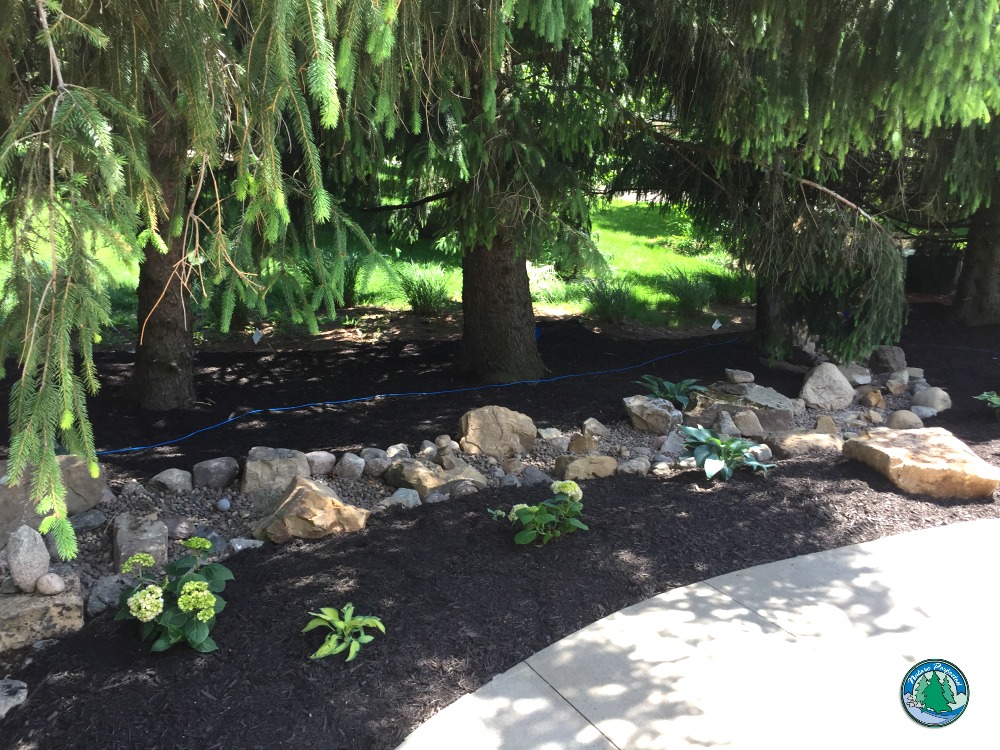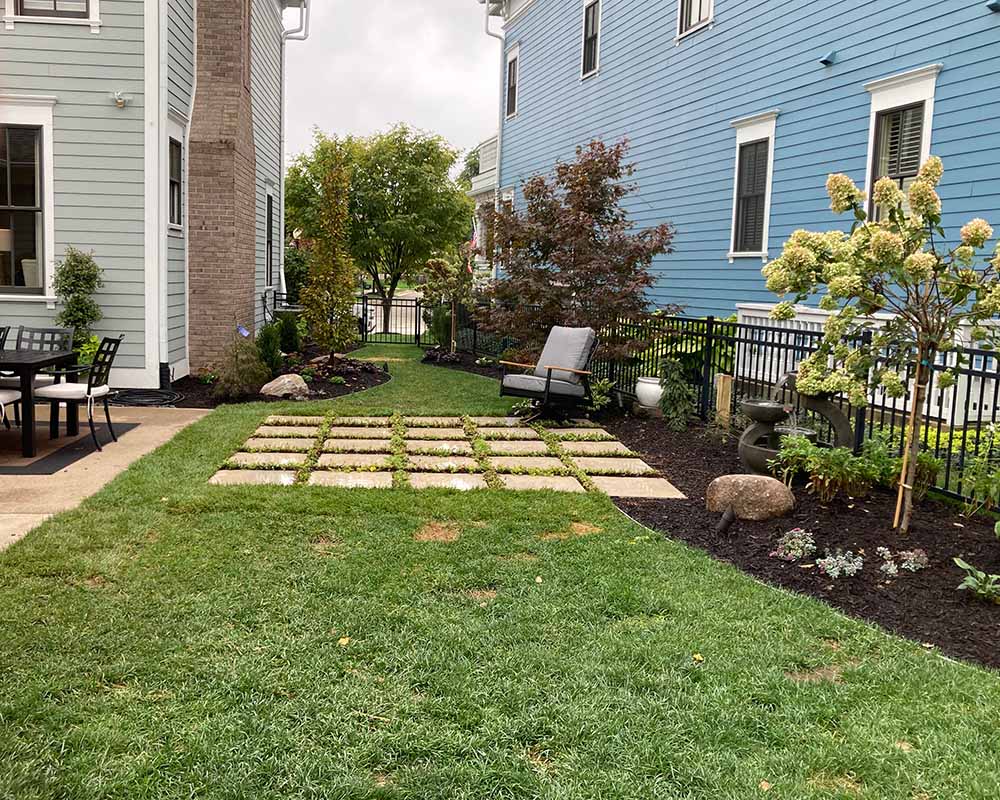If you have ever hiked in the mountains during the heat of the summer, chances are you have seen a drycreek. They are nature’s way of providing a route for water when it’s needed, and then being empty but beautiful the rest of the year. Drycreeks are what they sound like – creeks without water. Any functioning creek can end up being dry for a period of time. These formations are nature’s workhorse during the rainy season and can serve the same purpose for homeowners.
Creating a drycreek is a great option for managing the water flowing away from your house. We have had clients who do not like the look or functionality of the concrete splash backs that are standard in today’s homes. Or, sometimes they are not interested in burying pipes or they have a lot of tree and leaf issues. For these clients, we design an attractive option that moves water from point A to point B when needed without eroding the mulch or the landscape. Drycreeks can be only a couple of feet long to many feet – whatever is needed to keep the water away from the foundation of the home. They are also a good solution for turning an ugly drainage gully or ditch that appears with heavy rain into a lovely yet functional rockscape.
The key to creating an effective drycreek is creating enough space for the water to flow as needed. We always use some sort of barrier underneath the rock, such as landscape fabric or a rubber liner depending upon the situation. The rock we use is situational as well. Indiana granite is our most popular, with Indiana limestone coming in second. We install rocks of varying sizes, from baseball and softball sized cobbles to boulders, creating a more natural look and allowing it to look great even when water isn’t running through it. Planting around the drycreek will depend upon the design of the rest of the landscape. We usually like to keep it as natural, soft and unobtrusive as possible while maintaining functionality.
For the home shown above, our client needed to create better drainage from the downspouts and sump discharge. This system needed to move around the backyard pool as well. He was also dealing with heavy rains creating gullies in the backyard under a row of pine trees. We designed a built a long drycreek in this area and fed the runoff water from the house into it. The solution was not only beautiful; it also protected his landscape from further erosion.
You don’t have to bury or dig up everything to solve a drainage problem. Nature already has an easy and beautiful solution to manage runoff in your yard. Let us know if you have any questions about drycreeks by contacting us here.







